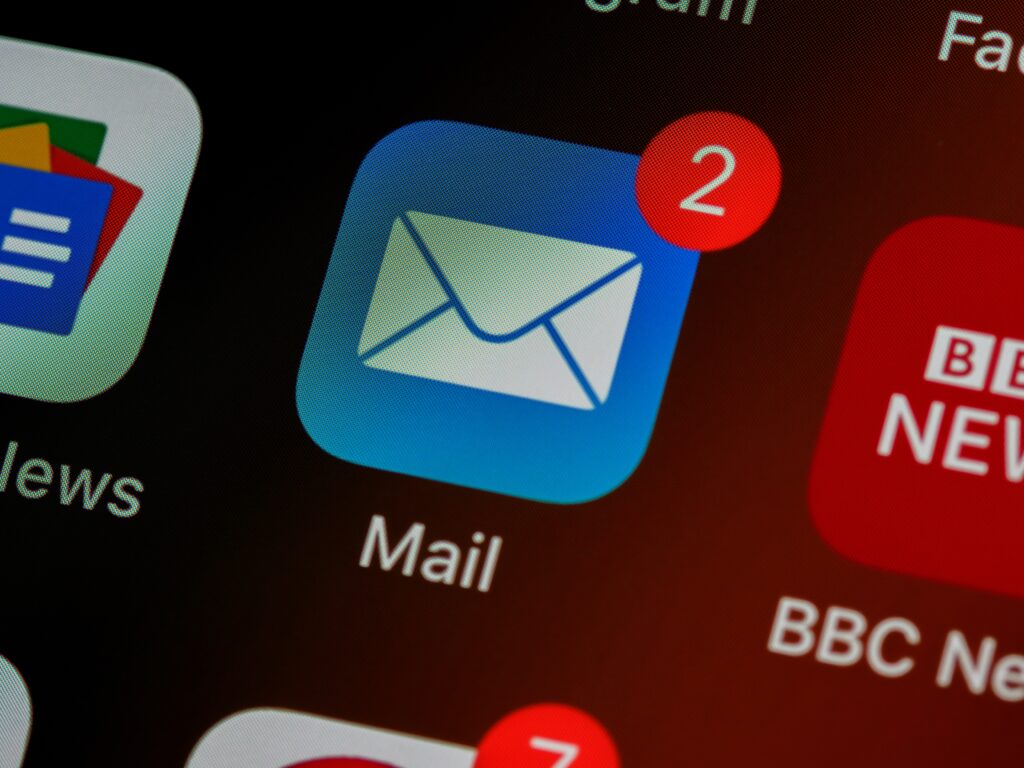Read more about the difference between email marketing and marketing automation, and how both marketing tactics can earn value for your business.
Email marketing has been around for over 40 years and continues to be one of the most effective forms of marketing. In 1978, the first email marketing blast was sent to 400 recipients and it generated $13 million in sales — that’s equivalent to $78 million today! The revenue generated from email marketing in comparison to the investment continues to be significant. Campaign Monitor notes that every $1 investment in email marketing can give a return of $44 in revenue.
Email is a powerful marketing tool and as technology continues to evolve, email marketing is becoming more automated. Let’s look at how that change has happened over time and what it means for traditional email marketing.
Although email marketing started in the late 70s, it wasn’t until the 90s that it really started gaining traction. If you remember the 90s, that’s when the Internet was born. The first smartphone was introduced and Hotmail launched its first web-based service. For marketers, this was known as the decade of “spray and pray” email marketing.
For those not familiar with the term, “spray and pray”, also known as “batch and blast”, refers to sending the same generic email message to many people via a static contact list. The “spray and pray” approach required minimal effort because there’s little strategy involved and no targeting. The message is generic and the distribution list is static, so you create one email and send it to everyone. This approach is equated to yelling “Hey, Bob” in the middle of a crowded place and expecting that someone in the crowd will be named “Bob” — that is, you “pray” that your message will hit the mark with some customers but in reality it falls short for most. Instead of shouting into a random crowd, knowing what they look like and where they’re likely to be at a certain time means they’re more likely to respond — and you’re more likely to be getting the right person, rather than just some random person who happens to share the same name.
This type of batch emailing quickly became coined as “spam” and anti-spam laws were introduced in the US by 2003, forcing marketers to rethink their email marketing approach and get more targeted. In the early 2000s, marketers started creating their own email databases, allowing them to create targeted email lists based on basic information they knew about their contacts.
These targeted distribution lists helped marketers get away from the “spay and pray” approach, but the emails were still generic and the strategy focused on a single campaign. Marketers would create an offer, schedule out the campaign and then blast emails to their own distribution lists. Although those lists may have been more targeted, they still leveraged a one-size-fits-all approach to email marketing.
The marketing landscape began to drastically change with the explosion of digital channels, devices and touchpoints beyond the web.The number of channels marketers now had to manage divided their time and made it necessary to automate manual processes, including email marketing. And as the number of marketing channels increased, so did the demand for a cross-channel marketing strategy.
That’s when marketing automation was born.
Benefits of multichannel marketing automation
Marketing automation is the process of automating repetitive marketing activities across multiple channels. In 2006, marketing automation software was introduced. Essentially, these were tools designed to help automate marketing tasks such as email marketing, social media posting and ad campaigns. But the marketing automation vendor landscape really picked up between 2010-2015 with revenue going from $225 million in 2010 to $1.65 billion by 2015.
Marketing automation leverages technology to turn manual processes and campaigns into automated workflows. And these tools aren’t just used for email marketing, they can target customers with automated messages across email, social media, web and mobile to orchestrate the omnichannel experiences that customers demand by delivering the right message, at the right time, through the right channel.
Key features for marketing automation
Marketing automation tools introduced a lot of new features that allowed marketers to do more with their marketing campaigns in less time. They required an investment of time to set the campaign and workflows up initially, but then they would run automatically based on the parameters or triggers established. Here are some common business requirements of marketing automation:
- Dynamic segments: In the past, marketers could segment their databases manually. With marketing automation, rules could be set to move contacts from one email distribution list to another based on actions they take. One example is moving contacts through various steps in the sales funnel. If a contact clicked on a link to request a demo, a trigger could be established to move them to the next stage of the funnel.
- Auto-response for email and text: Marketers can establish rules for when contacts should be sent an auto-response based on specific actions. For example, if a customer puts an item in their cart but never checks out, an email can be automatically sent to remind the customer of the items they still have in their cart. Or if a contact booked an appointment, a text message could be set up to send an appointment reminder 1-2 days prior to the appointment.
- Drip campaigns: A drip campaign allows marketers to establish a series of actions to take place over a period of time for a targeted group. For example, a marketer can create a series of lead nurture emails that would be sent out to prospects in a given timeframe. To create the drip campaign, the marketer needs to establish what actions should happen, the order of those actions and the triggers that would cause the next in the series to be sent. Then the drip campaign runs automatically for all contacts in the targeted list.
Marketing automation tools allow marketers to move beyond a one-size-fits-all mindset, and begin to put the customers at the center of all campaigns. With these marketing automation tools, it’s easier than ever to provide consistent messaging from email and social to the website and text messaging. And with the rise of personalization, marketers are able to provide not just consistent experiences across channels, but very targeted and personalized experiences as well.
Marketing automation tools are just the software that helps automate the process. It’s still up to the marketer to define the strategy and create the campaigns. This requires marketers to understand their customers better by collecting valuable data, identifying key insights, building customer profiles, and evaluating what’s working and what’s not. It’s still up to the marketer to identify the key touchpoints and design the connected experience for their customers.
Equipped with the right tools and a data-driven strategy, marketing automation can help businesses design customer-centric experiences that support their specific goals and drive marketing ROI.
Theresa Anderson is a Senior Digital Experience Strategist at Acquia and has kindly authorised that we reproduce this post, originally posted at the Acquia blog.



